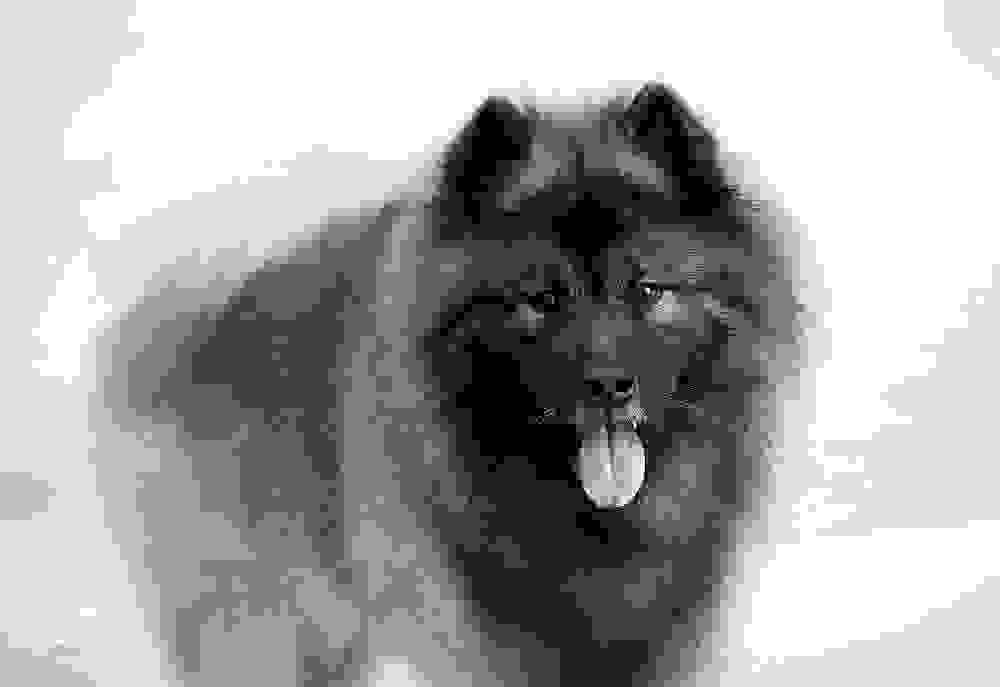Inbreeding and breed health: no simple relation?
 The biological causes usually advanced for the welfare problem experienced by dog breeds are either related to selection on traits indirectly deleterious to health, or to reduction of genetic variability, through dissemination of inherited disorders (popular sire effect), or inbreeding depression. It is however not simple to measure if one of those causes is preponderant on the others, which could be of interest to prioritize the efforts to be made for improving breeds health. In that purpose, a recent study of Jansson and Laikre (2014) assessed the level of genetic variability of 26 dog populations raised in Sweden, in relation to their health status, based on pedigree information, while in 2013, Mellanby et al. investigated the relationship between molecular variability (using low density panel of markers) and prevalence of inherited conditions in a set of 13 UK breeds.
The biological causes usually advanced for the welfare problem experienced by dog breeds are either related to selection on traits indirectly deleterious to health, or to reduction of genetic variability, through dissemination of inherited disorders (popular sire effect), or inbreeding depression. It is however not simple to measure if one of those causes is preponderant on the others, which could be of interest to prioritize the efforts to be made for improving breeds health. In that purpose, a recent study of Jansson and Laikre (2014) assessed the level of genetic variability of 26 dog populations raised in Sweden, in relation to their health status, based on pedigree information, while in 2013, Mellanby et al. investigated the relationship between molecular variability (using low density panel of markers) and prevalence of inherited conditions in a set of 13 UK breeds.
In the Swedish study, the classification between 11 healthy and 13 unhealthy breeds was based on veterinary cost reported to insurance companies, unhealthy breeds including typically molossoid type breeds, while healthy breeds included mostly Nordic spitz and hunting dogs. Genetic variability was assessed considering various genealogical indicators including measures of average inbreeding and kinship, or effective population size.
Surprisingly, genetic variability levels were found higher in unhealthy breeds, in comparison to healthy ones, with, for instance, effective population size estimated in 2010 around 147 for the first, and 94.4 for the last. Several explanations can be brought to this unexpected result. Among others, authors advanced pedigree file used did not trace back to the real founders of populations studied, and that genealogical indicators might not reflect actual levels of genetic homozygosity. It has also to be stated that the breed sampling could be more adequate: the healthy breeds included 11 local populations from Nordic countries, such as Norrbottenspitz or Schiller Hound, which may be expected to be of limited effective population size, in comparison to international molossoid breeds, such as French Bulldog or Rottweiler.
Nevertheless, this result could indicate that health status of breeds is probably more related to specific morphological features than recent breeding history. This does not mean that no attention should be taken regarding the current management of genetic variability within dog breeds. In their 2009 studies, Asher, Summers, and their colleagues reported for instance a much larger number of non-conformation linked inherited disorders in comparison to those related to breed standards (312 and 84 respectively). It is currently not possible to assess if the best-in-show of today is not the carrier of a disease that will poison the welfare of its breed tomorrow…
In the UK study, Mellanby et al. did not find any correlation between low molecular variability (using low density panel of markers) and prevalence of inherited conditions for the 13 breeds studied. Here again, it is difficult to make conclusion as the breed sampling and the number of markers are limited. Such relationship should be definitively assessed on a larger number of breeds and using dense genotyping analysis. This would allow to consider in the same time, impact of morphological features and genetic variability on breed health, and would confirm that genetic variability should be a concern at a population level as well as the individual one.
References:
- Asher L., Diesel G., Summers J.F., McGreevy P.D., Collins L.M. (2009) Inherited defects in pedigree dogs. Part 1: disorders related to breed standards. The veterinary Journal 182(3), 402-411.
- Jansson M., Laikre L. (2014) Recent breeding history of dog breeds in Sweden: modest rates of inbreeding, extensive loss of genetic diversity and lack of correlation between inbreeding and health. Journal of Animal Breeding and Genetics 131, 153–162.
- Mellanby R.J., Ogden R., Clements D.N., French A.T., Gow A.G., Powell R., et al. Population
- structure and genetic heterogeneity in popular dog breeds in the UK. The veterinary Journal 2013;196(1):92–7.
- Summers J.F., Diesel G., Asher L., McGreevy P.D., Collins L.M. (2009) Inherited defects in pedigree dogs. 2: Disorders that are not related to breed standards. The veterinary Journal 183, 39-45.
Credit picture: I. Horvath
 Donate
Donate

0 Comments
Recommended Comments
There are no comments to display.